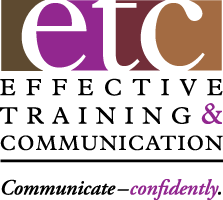I recently engaged in a LinkedIn discussion group about using jokes in the introduction of a presentation to gain audience interest. Here’s a summary of my rant on that topic.
I totally agree that the first few minutes of any presentation are most important. Start strong, powerfully and engaging – immediately. But, I totally disagree with telling a joke unless you were hired to be an entertainer, it’s an after dinner speech and the only goal is to be humorous. Jokes rarely work in a typical workplace presentation and can create a very ineffective impression from the beginning. It’s often hard to recover from such a weak start.
